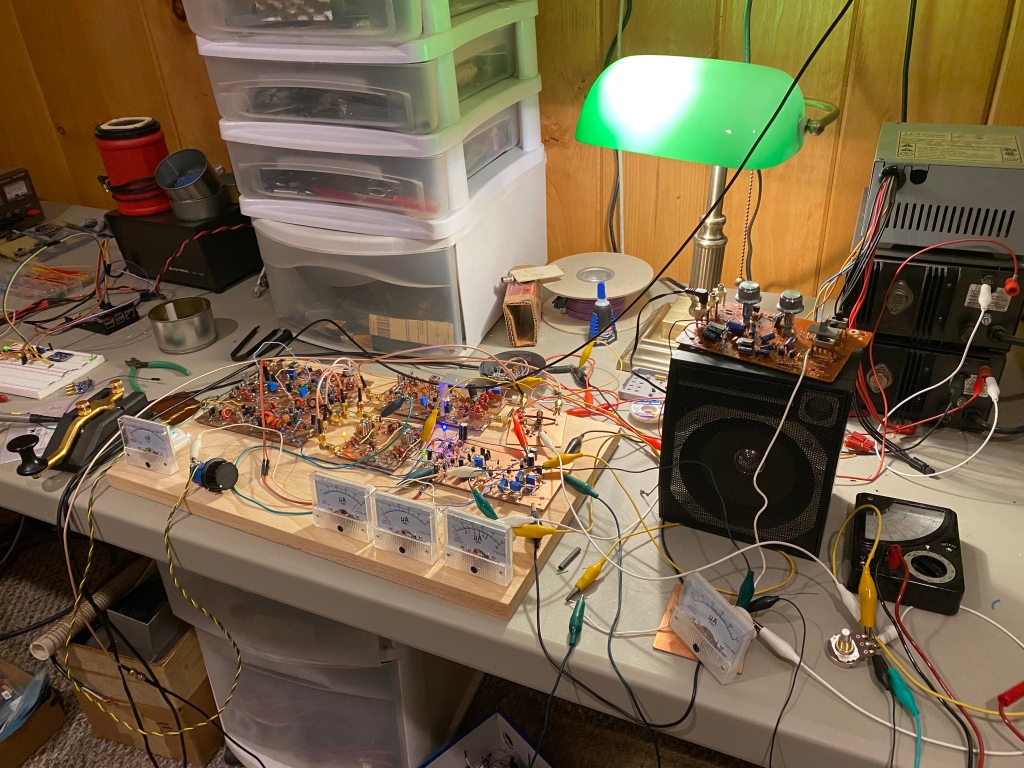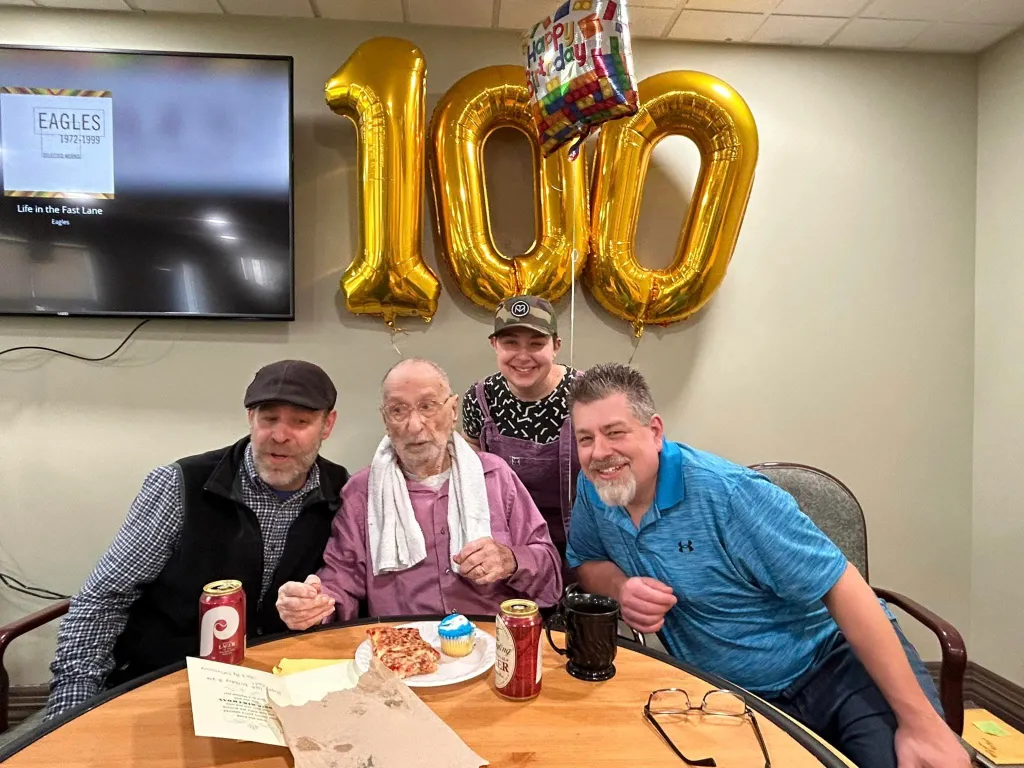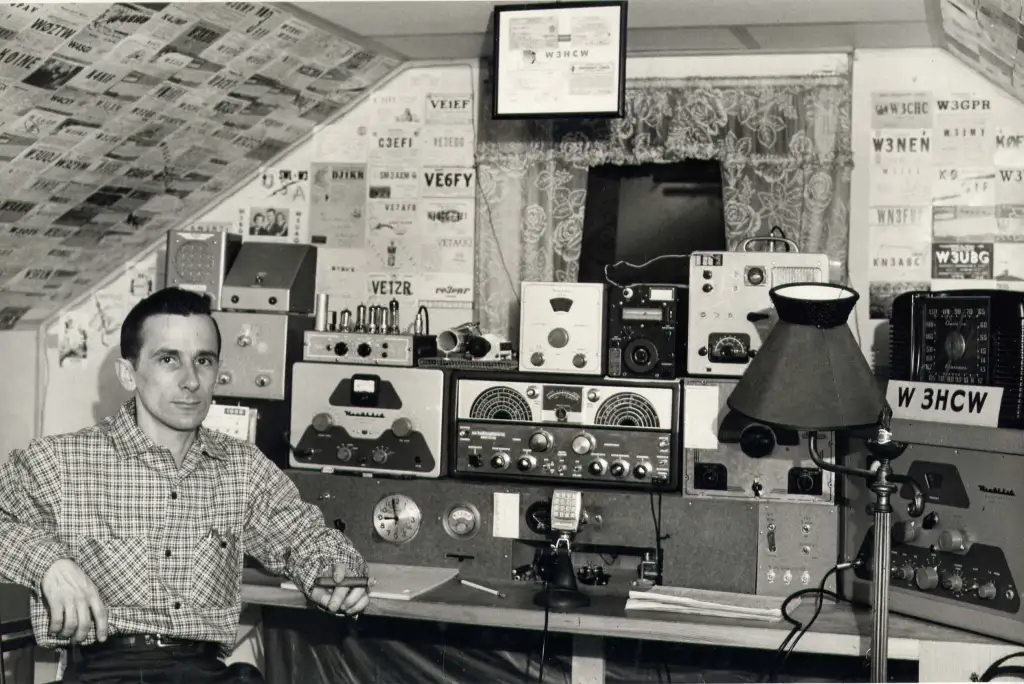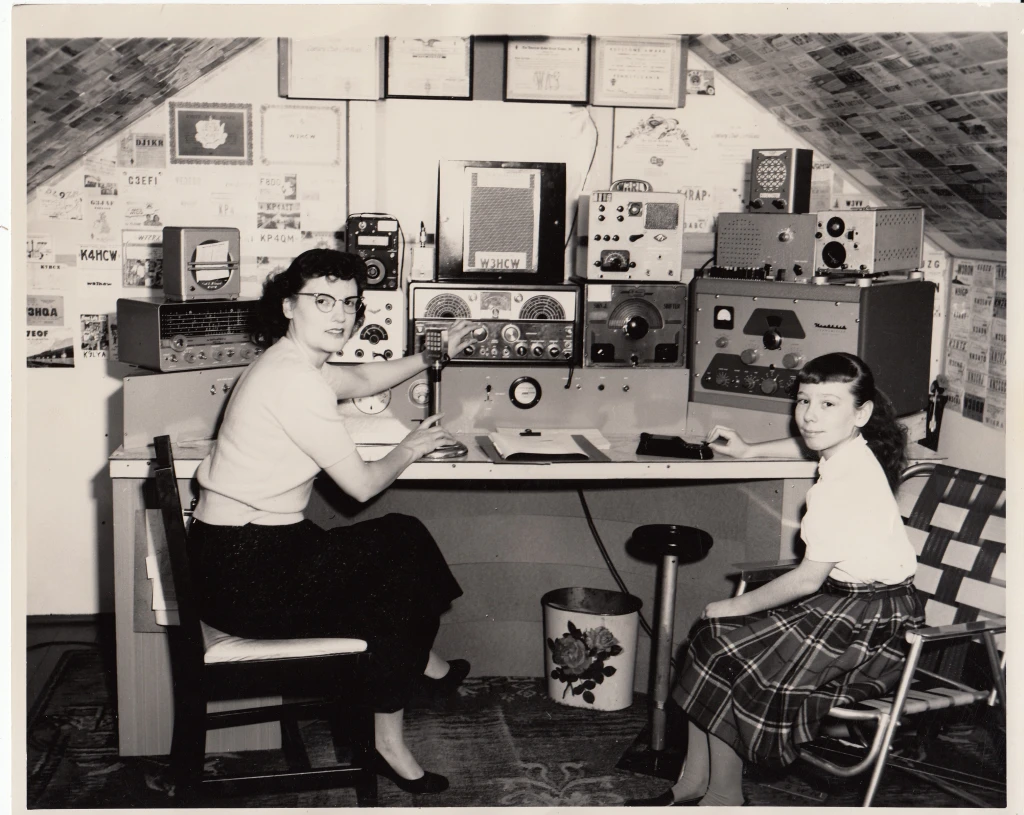Author Archive
 Transparency
Transparency
In the realm of IT, there are best practices for managing system outages, and then there are examples of what not to do. The recent actions of the ARRL exemplify the latter. Today, HQ released an update stating that they were “the victim of a sophisticated network attack by a malicious international cyber group” and that they “quickly established an incident response team.” However, it took them 21 days to provide this detailed update.
As an IT professional, I have encountered numerous challenges and learned valuable lessons over the years. One of the most critical aspects of managing an outage is communication—clear, frequent, and transparent communication. It is essential to over-communicate during such times. Additionally, having a visible leader who represents the response effort is crucial. An effective “incident response team” should not only consist of technical experts working behind the scenes but also include individuals who manage communications, reassure stakeholders, and provide key information such as estimated restoration times.
ARRL has often been subjected to unwarranted criticism, but this situation is a result of their own missteps. I question whether the attack was all that sophisticated, sensing that it was a common ransomware attack. We await the final report for details, assuming it is made public. While technical shortcomings can be understandable and even forgivable, the poor communication and lack of transparency in this instance are not. The recurring sentiment from ARRL, echoing past incidents, seems to be, “You don’t need to know.”
This article was originally posted on Radio Artisan.
 Communication
Communication
Having spent nearly 30 years in the IT industry, I’ve experienced my fair share of all-nighters and multi-day outages. Whether it’s been frantically repairing dead hardware, fixing corrupted databases, or resolving perplexing network issues, these stressful situations have taught me a lot. One of the most critical lessons I’ve learned is the importance of communication during an outage. While the technical team works tirelessly behind the scenes to resolve the issue, it’s equally vital to have a team dedicated to keeping customers and stakeholders informed.
Currently, there’s a lot of speculation surrounding the multi-day ARRL LOTW outage. Without insight into the system architecture or the specifics of the outage, speculating about the root cause or assigning blame is futile. However, one area where ARRL is undeniably falling short is in their communication about the outage.
The ARRL often faces criticism, sometimes unjustly, but frequently due to its own actions. The LOTW outage is a prime example of a situation where effective communication could mitigate criticism and even garner support. Regular, sincere updates with technical details would go a long way in keeping their stakeholders informed and engaged. Given that many of these stakeholders have technical backgrounds, they would appreciate and understand the specifics.
Moreover, humanizing the recovery effort by showcasing the dedication and hard work of the personnel involved could foster empathy and support. Highlighting the individuals and the tremendous effort they are putting into resolving the issue can turn a frustrating situation into an opportunity to build trust and rapport.
In summary, effective communication during IT outages is not just about transparency, but also about building and maintaining trust. The ARRL’s current communication strategy regarding the LOTW outage is lacking, but there is a clear path to improve it. By providing regular updates and humanizing the effort, ARRL can turn this challenge into an opportunity.
This article was originally posted on Radio Artisan.
 W3HC SK
W3HC SK
Unfortunately, a few days after Carl W3HC (ex-W3HCW) celebrated his 100th birthday, he fell ill, declined rapidly, and passed away. We can’t complain as he lived a full life and got to enjoy a beer at his birthday party.

Photo credit: Karen Vibert-Kennedy, Williamsport Sun Gazette
Carl was an avid photographer all his life. The Williamsport Sun Gazette featured an article and video on his time in Berlin during World War II, taking photographs. While in a bombed out home, he found a roll of film which he took home and later developed. He was shocked to discover the photos were taken by a German photographer and even included pictures of Himler, who was the #2 in Germany at the time. Many of his photos are featured on his Flickr site.
I owe my grandfather a lot of gratitude as he’s the one who got me into amateur radio which led to me getting my first two jobs in wireless and communications, and laid the foundation for a rather successful career. I continue to be active in amateur radio, with QRP, field operation, circuit design, open source software development, and homebrewing equipment being my favorite activities.
Carl was first licensed in 1956 as WN3HCW, back when Novice calls had the WN prefix. After upgrading to Technician, the FCC dropped the N and he became W3HCW. Later in the 90s when he upgraded to Extra he shortened his call to W3HC. During my time with him as a youngster and teenager, he operated nearly all HF phone and enjoyed DXing, but he also did a lot of 6 meter AM work in the 60s. He operated theW3HCW QSL Fund which funded QSL cards for DX stations, and he was a QSL manager for about 130 stations over the years.
Carl McDaniel, W3HC, SK at 100 years and 6 days. dit dit
This article was originally published on Radio Artisan.
 W3HC 100
W3HC 100
My grandfather, W3HC (ex-W3HCW), is 100 years old.
Grandson Kevin, Mac W3HC, great-granddaughter Eliza, grandson K3NG.
Grandson Kevin and W3HC having some 807s.
Mac (then W3HCW) in his shack in Williamsport, PA, USA sometime around 1956-57.
My grandmother, Gladys, K3JJN (SK), and my mother, Sherry, who passed away in 2000. Photo from around 1959 or 1960.
Mac in Whales, WWII, 1945.
 KB3BYT, SK
KB3BYT, SK
This is the most difficult article I’ve ever had to write, not only because I lost a very good friend, but also because it’s so hard for me to put into words and express the impact this person had on my life and others.
I met Rob about 25 years ago. Rob lived in Philly working long hours programming minicomputers. He developed various medical issues and had to retire early, relocating to the Poconos here in Pennsylvania. He tended to be a night owl, sleeping all day and relentlessly pursuing amateur radio projects at night. We served at our struggling local ham radio club for several years, me as president, him as vice president. He joked his callsign should be VP4LIFE. Rob was a ever-present friendly voice on the local 2 meter repeater, welcoming beginners and having conversations with other night owls well into the morning. We spent many a night at Field Day, operating the CW station and we both substantially improved our CW skills over the years.
Rob and I tended to be mentors to each other. We frequently had multi-week email conversations going about projects. Rob would get interested in a topic and he’d call or email me. Rob always seemed to know the right questions to ask. I would research the topic and inevitably get interested in it. We went down many technical rabbit holes over the years, some going nowhere, others resulting in some sort of rig, circuit, or antenna. I would often wake up in the morning to one or several 10,000+ word emails with pictures showing what Rob was experimenting with. Rob never bought a few components for a project, he’d buy 1,000 of each, and stockpile the unused parts in case he wanted to build more of something or give the parts away to others. Our last major conversation was about making vacuum tubes from scratch, with him collecting the necessary tooling and materials to do this. We complemented each other well, with Rob having the energy, curiosity, and ability to create the spark, and me with the technical know-how to figure things out and fan the spark to become a fire. I can honestly say I am a better radio amateur and person today because of Rob.
I’m still in shock over the loss of Rob. I often see some neat project and think that I should email Rob, but realize he’s no longer around. I open in my email in morning expecting to read a long diatribe about some late night experiments, but there is nothing there.
Robert Roomberg, KB3BYT, 63 years old, Silent Key. Dit dit.

This article was originally posted in Radio Artisan.
 Radio Skinny-Dipping
Radio Skinny-Dipping
I have been working on a homebrew 40 meter CW transceiver for over a year now. It’s a superhet design, with all discrete components built ugly style on copper clad board. I’ve taken various circuit designs I’ve built in the past and added some new ones. The project has been a great opportunity for me to use and learn about the NanoVNA. Every stage I built, tested, and tweaked with the NanoVNA, and recorded results in my lab notebook. The rig features a 4 Mhz IF, mainly due to me having a ton of these crystals. I built wide and narrow filters, just futzing around with various crystal and capacitor combinations, and implemented diode switching of the filters. The filters aren’t commercial grade, but they’re definitely good enough. The final PA uses an IRF510. I had to do several iterations of this before I got something to work. At 12 volts I get 4 or 5 watts, but I normally run it at 24 volts to get 10 watts. I’ve had it up to 36 volts, outputting 20 watts. I’ve been wanting to try 48 volts.
For the longest time the rig was just PC boards on my bench interconnected with alligator clips, but a few months ago I made it a bit more respectable and mounted the PC boards on a pine board and completed some permanent wiring. There are still several alligator clips jumpering things to make it work. I tend to leave the rig on all the time and just listen to it in the background while doing other things in my office/lab/shack. I even leave it on when I’m experimenting with or adding a new circuit, if possible.

I’ve made several contacts here and there when I stumbled upon someone calling CQ for POTA, a contest, or SKCC. I honestly haven’t been doing any logging or any paper code copying. There’s something satisfying about just walking over to the rig, tapping the alligator clip-connected straight key, and having a quick contact. There’s no keyboard, no waterfall, and nothing to navigate with a mouse. It’s just me and a bunch of components communicating over the ether.
 Conflict of Interest
Conflict of Interest
The ARRL Ethics and Elections Committee has recused a director for publishing a book that competes with ARRL publications, creating a conflict of interest. I find this strange as ARRL is a non-profit amateur radio advocacy organization, not a for-profit company driven by shareholders’ financial interests. I thought, perhaps naively, the goals of ARRL publications were to promote and enable the hobby, and not primarily be a line of business or product offering that competes in the marketplace.
I find the framing of this really troubling, with the “ongoing conflict of interest” being caused “through the creation and publication of a book which competes with one or more ARRL publications”. If the book was published in the public domain and available for free, it still would compete with ARRL publications, and arguably would still be considered an ethics violation, despite such publication being totally altruistic and compatible with ARRL’s mission of amateur radio advancement. Such competition could perhaps also be claimed for publishing a website of antenna designs, or volunteering for a non-ARRL VE organization.
There is a conflict of interest here, however it’s ARRL’s interest in publication offerings that is in conflict with its primary mission of advancing amateur radio.
This article was originally published on Radio Artisan.

















